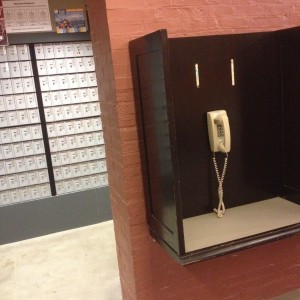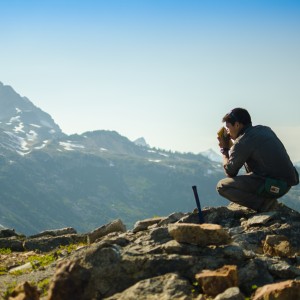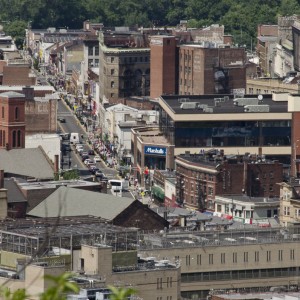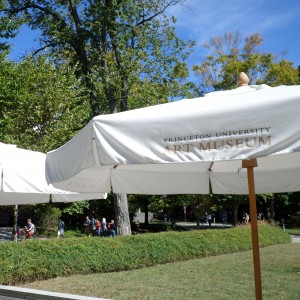It’s the first thing you have to do before you really start that research paper: nail down the thesis. After reading a few articles and narrowing down your focus, you’ve come up with a general idea for your argument, which is an important first step. However, until that idea is packaged in a strong and shiny statement, your paper has likely reached an impasse.
Of course, the thesis results from first asking a research question, trying to explain some phenomenon you’ve observed. The goal is to answer the question innovatively and assertively, advancing something both original and powerful enough to change the debate on an issue.
But who said questions have to be rhetorical?
When I’ve settled on a topic but haven’t advanced past the thesis-planning stage, I like to ask my question out loud — so I give my sisters a call. Both are graduate students, one in library and information science and the other in education, so their responses are a good way to test my ideas. I know I’m ready to seriously start writing if they both recognize the goal of my argument.

That doesn’t mean I want my sisters to always agree with me. In fact, the opposite can be much more useful (and is, admittedly, much more common). A classic example: asking my oldest sister “Would you accept that Jersey Shore represents a modern version of the American frontier myth?” made her question more than just my thesis. Continue reading Research lifeline: Phone a friend







